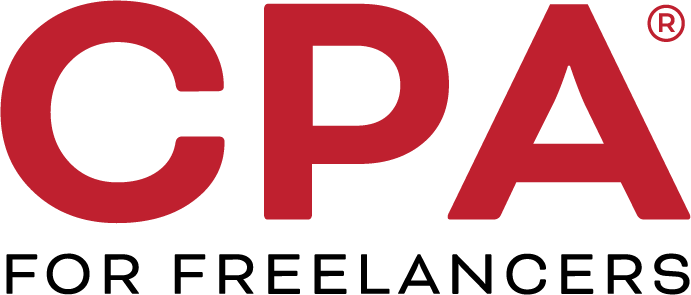We’re delighted to share with you the following post by guest blogger and award-winning freelance copywriter Mike Gluck, author of 40 Freelancing Secrets: Get Work. Get Paid. Have Fun.
When you’re a freelancer, you decide how much to charge your clients. It’s one of the best parts of the job — but it can also be stressful. How much should you charge? Will you lose jobs because you’re charging too much? Are you leaving money on the table by not charging enough?
In a previous blog post, our friends from Painless 1099 gave their advice for crafting the perfect freelance pricing strategy. It’s definitely worth a read, if you haven’t seen it already.
But even when you know how much you should charge, it’s important to think about how you’re going to charge. Here’s an overview of three common approaches from the author of 40 Freelancing Secrets: Get Work, Get Paid, Have Fun.
Hourly billing is the standard for many freelancers. You simply tell your client that you charge $100 (or however much you want to charge) per hour, and then you bill them for each hour you work. In fact, when you meet potential clients, one of the first questions they’ll likely ask you is “What’s your hourly rate?”
As a freelancer, hourly billing may be the best approach if you have an ongoing project where the scope is likely to change. For example, if a client asks you to rewrite their 300-page website, you’re probably going to make some discoveries over the course of the project that change the amount of work required. Sometimes, clients aren’t exactly sure what they need — they just have a general outline of their goals, and they need your help over the course of a few months (or years). Hourly billing ensures that you’re paid fairly for all the time you invest. (In some cases, the client may insist that you charge by the hour; this is common when you’re freelancing for an advertising agency or other businesses that charge their clients by the hour.)
The problem with hourly billing is that it makes it very easy for a client to compare freelancers. For example, if you charge $100 an hour, you may lose a job to a competitor who charges $80 an hour — even if you’re more qualified or a faster worker (or both). Some clients simply can’t see past the hourly rate, and want the cheaper option. If you’re competing for jobs and your hourly rate is high, make sure you can clearly explain why you charge more per hour.
Project billing is a smart approach for many jobs because it eliminates a lot of the uncertainty for you and your clients. For example, let’s say you’re asked to design a 12-page brochure for a client. You look at the input, and tell them you’ll charge a flat fee of $2,500.
When you estimate and bill projects using this approach, it eliminates the direct hourly comparison to other freelancers. Sure, a client might ask why you’re charging $2,500 while someone else is charging $1,800 — but now you can talk about the overall value you bring to the project as a whole, instead of focusing on each hour of your time as a commodity.
In many cases, project billing helps put clients at ease, because they know what to expect. It’s like going to an all-inclusive resort — you know exactly what you’re going to get, and exactly how much you’re going to pay for it.
If you use this approach, you just need to make sure you understand the full scope of the project up front — and make it clear (in your estimate and/or contract) that any significant deviation from the scope will result in a price adjustment.
Value billing can be tricky to implement, but if you do it right, you can end up making a lot more money for essentially the same amount of work. Basically, you figure out what the job is worth to your client, and charge accordingly. For example, if you’re a photographer, you might charge a client $800 for a photo that they’re going to use in a poster for their lobby — or $80,000 to use the same photo in a national advertising campaign.
Clients may be accustomed to value billing when they work with photographers, voiceover artists and other freelancers who charge based on usage fees and licenses. But there’s no reason why you can’t incorporate at least some aspect of value billing into your work, if you’re comfortable with the approach.
The key is to think about your work from the client’s perspective. For example, for a local law firm, a new website might lead to an extra $200,000 a year in billings from new clients. For a national law firm, the same website could easily help them earn 100x as much. So why shouldn’t you charge 100x (or even 50x or 10x) more for your work? Just make sure you have some rationale for your pricing structure, so you can explain it to your client — especially if they find out you’re charging someone else a lot less for the same work.
Which approach is right for you? It depends on a variety of factors, including how much experience you have, how much competition you have, how much you want to earn — and, perhaps most importantly, how comfortable (and confident) you are when it comes to charging for your work.
Just remember that one of your main goals as a freelancer should be to make money. Even if you don’t change anything else, changing the way you charge clients could have a significant impact on your income, both short-term and long-term.
About 40 Freelancing Secrets
40 Freelancing Secrets: Get Work. Get Paid. Have Fun. explains step-by-step how to get more clients, earn more money and enjoy the freelance lifestyle. Author Mike Gluck is an award-winning freelance copywriter who has spent the past decade working with leading companies and organizations.


